1. Using “Coke” to Mean Any Soda
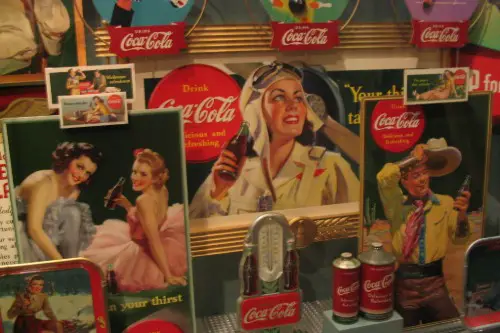
In the South, particularly in states like Georgia, people often use the word “Coke” as a catch-all for any carbonated beverage, News 5 explains. This means you might hear someone ask for a Coke, only to follow up with, “What kind? Sprite or Dr. Pepper?” To people from other parts of the country, this makes no sense—Coke is a brand, not a category. Most Americans stick to calling it soda or pop, depending on where they live.
On the flip side, Midwesterners might say “pop,” which sounds outdated or strange to East Coasters, who usually just say “soda.” Meanwhile, Californians tend to avoid both terms and just call drinks by their brand names. This regional language divide has led to plenty of confusion for travelers ordering drinks. If you ever ask for a Coke in Georgia and end up with a root beer, now you know why.
2. Leaving Huge Tips—or None at All

Tipping culture in the U.S. is already confusing, but what’s even stranger is how inconsistent Americans can be about it, The Guardian reports. In some states, people tip generously, often leaving 20-25% at restaurants without thinking twice. Meanwhile, in other parts of the country, particularly rural areas, some people still believe a 10% tip is fine, or worse, don’t tip at all. This divide leads to awkward moments when traveling, especially for those used to a certain tipping standard.
Northeastern cities like New York and Boston tend to be strict about tipping etiquette, while some Southern states are a little more relaxed. The confusion gets worse when it comes to services like takeout, coffee shops, and hotel housekeeping. Some people tip everyone, while others think tipping is only for sit-down restaurants. If you’ve ever argued about tipping with another American, you’re definitely not alone.
3. Insisting on Drive-Thru Everything

Americans love their drive-thrus, but some states take it to the next level by offering them for things beyond just fast food, according to NPR. In places like the South and Midwest, you can find drive-thru liquor stores, pharmacies, and even wedding chapels. While this is completely normal for some, others are shocked by the idea of picking up alcohol without even stepping out of their car. In cities with heavy traffic or strong public transportation, drive-thrus are much less common.
Some towns even have drive-thru convenience stores where an employee brings items straight to your window. For people from walkable cities, this level of convenience seems unnecessary and even a little excessive. Meanwhile, in sprawling suburban or rural areas, drive-thrus are a lifesaver, especially when the weather is bad. Whether you love them or find them weird, drive-thrus are here to stay.
4. Putting Ranch Dressing on Everything
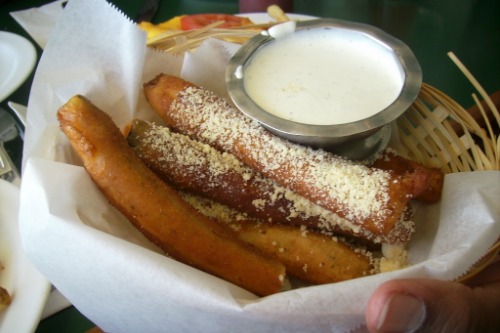
For some Americans, ranch dressing is just for salads, but in certain parts of the country, it’s a dip for nearly everything, according to The New York Times. Fries, pizza, chicken wings, even vegetables—if it’s edible, someone is probably dunking it in ranch. Midwesterners and Southerners in particular treat it like a universal sauce, while people on the coasts often find this obsession excessive. In places like New York or California, asking for ranch with your pizza might get you some side-eye.
The ranch phenomenon has even extended to bizarre food pairings, like mixing it with pasta or using it as a marinade. Some restaurants in the Midwest offer it as a standard condiment, like ketchup or mustard. On the other hand, in places like New England, people tend to prefer oil-based dressings or vinegar. If you’re ever in the Midwest, just know that refusing ranch might make you stand out.
5. Calling Anything That Isn’t a Bagel a “Bagel”
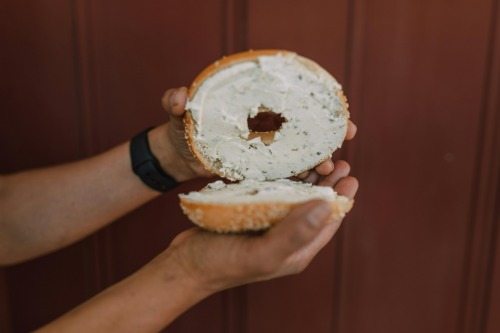
True bagel purists—especially those from New York—take their bagels very seriously. But in many parts of the U.S., the definition of a bagel is shockingly loose, leading to confusion and disappointment. Some places sell bagels that are just round bread rolls with a hole in the middle, which would be an insult in a city like New York. Even worse, things like “blueberry bagels” or “chocolate chip bagels” are common in grocery stores, which would horrify any bagel traditionalist.
West Coasters and Midwesterners often have a more relaxed approach to bagels, happily eating whatever is labeled as such. Meanwhile, New Yorkers will argue that a proper bagel must be boiled before baking, giving it that signature chewiness. Some even insist that the water in New York is what makes their bagels superior. If you ever see a New Yorker react dramatically to a bad bagel, just know—it’s personal.
6. Wearing Pajamas in Public

In some parts of the U.S., especially small towns and suburban areas, it’s not uncommon to see people wearing pajama pants in public, the New York Post reports. While this is completely normal to some, others find it shocking that anyone would leave the house dressed for bed. People from cities like New York or Washington, D.C., tend to dress up more when going out, even for casual errands. In contrast, places with a laid-back culture, like the Midwest or the South, are more forgiving of the pajama trend.
The debate over whether wearing pajamas in public is lazy or just comfortable is ongoing. Some see it as a sign of not caring about appearances, while others argue that life is too short to worry about changing for a quick store run. Big cities tend to lean more toward fashion-conscious choices, whereas smaller towns have a more relaxed attitude. If you ever visit a Walmart in a rural area, expect to see a few people in flannel PJs and slippers.
7. Measuring Everything in Football Fields
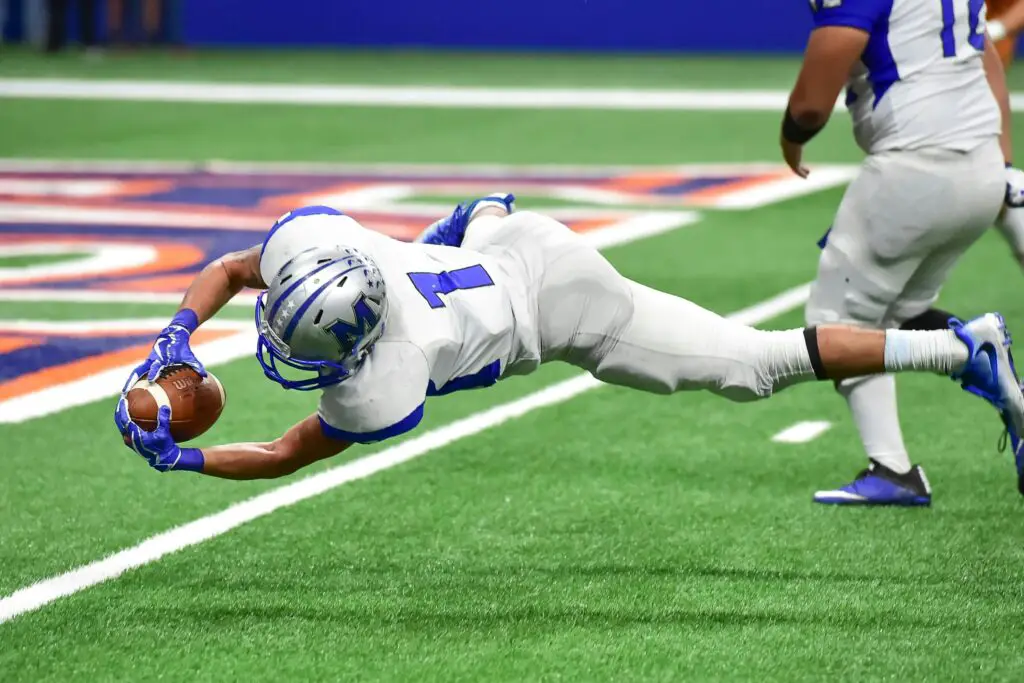
Americans love using football fields as a unit of measurement, but not everyone understands why. If something is really big, you’ll probably hear someone say, “It’s three football fields long!” instead of just using feet or yards. This makes sense to sports fans, but for anyone who doesn’t watch football, it’s a useless comparison. Strangely, this habit seems more common in the South and Midwest, where football culture is strong.
People from big cities or non-sports backgrounds might prefer more standard measurements. Saying something is “100 yards long” would be clearer, yet the football field comparison keeps sticking around. The oddest part? Americans don’t do this with other sports—no one describes distances in basketball courts or baseball diamonds. If you’re confused by this, just know you’re not alone.
8. Writing the Date in the Most Confusing Way
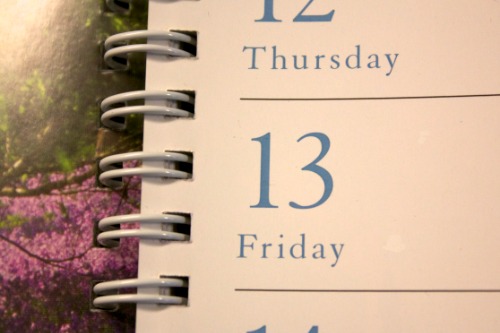
Most of the world writes dates in a logical order: day, month, year. But in the U.S., it’s month, day, year—making things needlessly confusing, even for Americans. This leads to awkward moments when someone sees “03/06/24” and has no idea if it means March 6 or June 3. While Americans are used to it, people who deal with international documents or travel often find themselves second-guessing dates.
Even within the U.S., some industries use the more standard day-month-year format, like the military and scientific fields. This means some Americans have to switch between date formats depending on the situation, which only adds to the chaos. If you ever hear an American complain about filling out a form wrong because of the date format, they’re not alone. Even in their own country, they’re struggling with it.
9. Using Fahrenheit Instead of Celsius
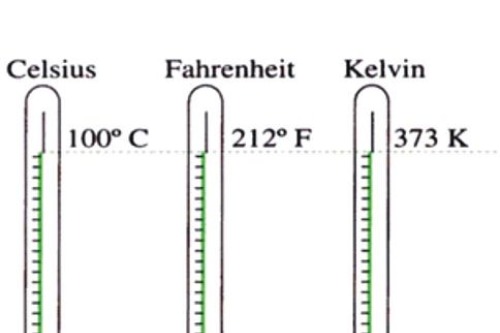
Most of the world measures temperature in Celsius, but Americans stubbornly stick to Fahrenheit. While this is just a fact of life for most people in the U.S., it becomes confusing when talking to anyone who uses Celsius—including some Americans who have lived abroad. Even within the country, people working in science or medicine often use Celsius for accuracy, leading to a strange mix of both systems. The result? Some Americans find themselves converting temperatures in their heads even when talking to fellow citizens.
The biggest problem comes when trying to describe weather to someone unfamiliar with Fahrenheit. Saying it’s 90 degrees outside sounds unbearable to most of the world, while “32 degrees” feels freezing—except in the U.S., where that’s just a normal summer and winter day. Even more confusing, Americans measure oven temperatures in Fahrenheit, but sometimes food packaging includes Celsius, creating chaos in the kitchen. If you’ve ever had to Google “350 degrees Fahrenheit in Celsius,” you’re definitely not alone.
10. Selling Milk in Huge Jugs

While some Americans are used to buying milk by the gallon, others are baffled by why it’s sold in such enormous containers. In many parts of the country, especially the Midwest and South, it’s completely normal to see a family with two or three gallon jugs in their shopping cart. But for people who live in cities or smaller households, that much milk is overwhelming—especially since it expires so quickly. Some urban grocery stores even prioritize smaller cartons because they know their customers don’t have room for a massive jug in their tiny fridge.
Meanwhile, in other parts of the world (and even in some U.S. states), milk is sold in smaller bottles or even bags. Canadians, for example, use milk bags, which would confuse most Americans just as much as gallons confuse them. There’s also a regional divide on whether whole milk, 2%, or skim is the default choice. If you’ve ever been confused by milk packaging, just know that even Americans can’t agree on the best way to buy it.
11. Giving Directions Based on Stores and Landmarks

In many parts of the U.S., people don’t use street names when giving directions. Instead, they’ll say things like, “Turn left at the old gas station, then go past the McDonald’s, and it’s right across from Walmart.” This can be baffling to anyone who’s used to actual road names or GPS navigation. But in small towns and suburbs, landmarks are often more useful than street names, especially if roads are long and poorly marked.
The problem is that landmarks change, but locals keep using them in directions for years. So, someone might tell you to turn at “the old Blockbuster,” even though it closed down a decade ago. People from major cities, where streets are numbered or well-labeled, find this system frustrating. If you’ve ever struggled to follow directions from a local, you’re not alone—sometimes even other Americans are just as lost.
12. Over-Apologizing or Not Apologizing at All

Americans have a weird relationship with apologies—some say “sorry” constantly, while others refuse to say it at all. In certain parts of the country, especially the Midwest, people apologize for everything, even when it’s not their fault. If someone bumps into them, they’ll probably say, “Oh, sorry!” out of habit. But in places like New York, people are more direct and might not apologize unless they really mean it.
This leads to culture clashes even within the U.S. A Midwesterner in New York might be shocked by how blunt people are, while a New Yorker in the Midwest might find all the unnecessary apologies annoying. Some Americans see over-apologizing as polite, while others see it as unnecessary. If you’ve ever been confused about when to say “sorry,” just know that Americans haven’t figured it out either.


